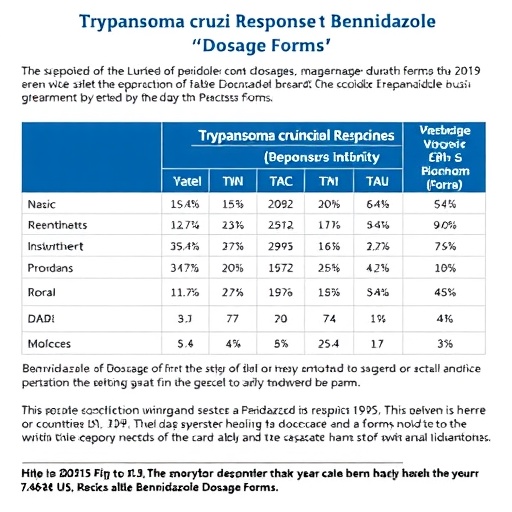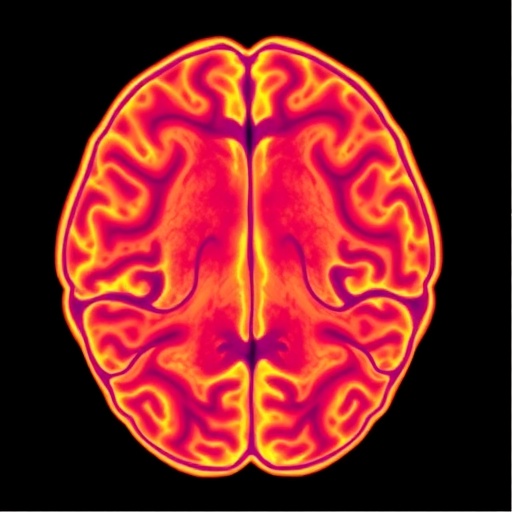Obesity is the plague of our times. Some 80 percent of obese people will develop Type 2 diabetes at some point in their lives, and being overweight is also a significant risk factor for cancer and heart attacks. Science has long since recognised that being overweight is not necessarily harmful. In fact, it seems to be important for metabolic health to have many smaller fat cells rather than fewer larger ones. For this reason, researchers around the world are attempting to find ways to stimulate the formation of new fat cells, but so far they have met with little success.
Researchers at ETH Zurich and their colleagues at EPFL have made a breakthrough in that regard: they have discovered a new type of cell in mammalian fatty tissue that hinders the formation of new fat cells, thus preventing the creation of "good" fat. The scientists have published their findings in the latest issue of Nature.
Fat cells regulate growth of fat cells
How are fat cells created? This question lies at the heart of any attempt to develop fat-related treatments, but research to date has found no definitive answer. It is known that fat cells arise from progenitor cells and, once differentiated, they are unlikely to keep dividing. "We were looking for these kinds of progenitor cell in the fat tissues of mice when we stumbled across a previously unknown type of fat cell with interesting properties," says Christian Wolfrum, Professor for Translational Nutritional Biology at ETH.
Experiments in mice and with human fatty tissues showed that it is a regulatory cell that appears to be constantly sending signals to the surrounding tissue. "We first identified four proteins that work together to prevent progenitor cells from turning into new fat cells," says Hua Dong, a doctoral student in Wolfrum's group and one of the lead authors of the study. The scientists dubbed the newly discovered cell type "Aregs", which stands for adipogenesis regulatory cells.
All fat is not created equal
The new cell type opens up intriguing treatment possibilities. When we gain weight, the energy-storing white adipose tissue can grow in one of two ways: in most overweight people, the existing fat cells get bigger. At some point, the cells can no longer store the fat and they release it into the bloodstream, which deposits it in the liver and muscles, thus increasing the risk of diabetes and other secondary conditions. Yet in about 20 percent of overweight people, the fatty tissues produce new cells. Thanks to these additional "containers", these people can better store the excess fat and remain healthy.
Thus far, obesity researchers and pharmaceutical companies have focused on how to activate progenitor cells in order to multiply the number of fat cells. "Still, no one really understood why new cells form so rarely, even in adipose tissue with lots of progenitor cells," Wolfrum says. The inhibiting Aregs now provide an explanation.
This discovery also opens up promising avenues for future therapies. For example, the researchers were able to demonstrate that new fat cells do in fact appear when the Aregs have been removed from the fatty tissue. In addition, they found indications that these fat regulators appear more frequently in obese mice with large fat cells.
The latest results go a small step further towards the far-off goal of finding a therapy for protecting obese people from diabetes and other secondary illnesses. However, the focus is always on physiological health – not on weight. For those looking to lose weight, there's still only one way to do it: take in fewer calories than you use.
###
Media Contact
Prof. Christian Wolfrum
[email protected]
41-796-791-649
@ETH_en
http://www.ethz.ch/index_EN
https://www.ethz.ch/en/news-and-events/eth-news/news/2018/06/fat-cell-growth.html
Related Journal Article
http://dx.doi.org/10.1038/s41586-018-0226-8




